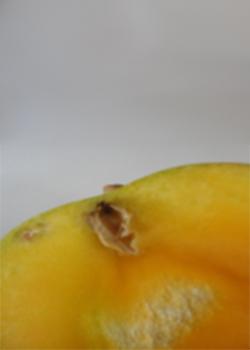Mango
Mango (Mangifera indica L.), belonging to Family Anacardiaceae, is the most important commercially grown fruit crop
It is called the king of fruits. It also has medicinal properties and is well adapted to tropical and subtropical climates.
Mango is also a rich source of vitamins A and C.


The Role of Elements
Potassium (K)
- It plays a key role in increasing fruit set and reducing fruit drop, especially during high temperatures.
- Enhances mango trees' resistance to environmental conditions like frost and heat.
- Improves water and nutrient absorption by the roots.
- Potassium is essential for boosting productivity and improving fruit quality.
- Increases resistance of mango trees to fungal diseases, especially powdery mildew.
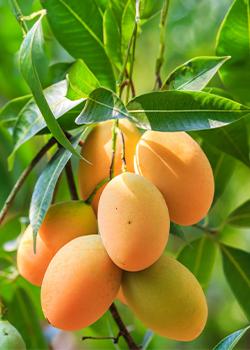
Phosphorus (P)
- Improve root and vegetative activity, especially at the beginning of spring.
- Improves and boosts flowering and fruit set.
- Plays an important role in increasing fruit size and sugar content.
- Enhances crop yield and quality, ensuring long-term productivity.
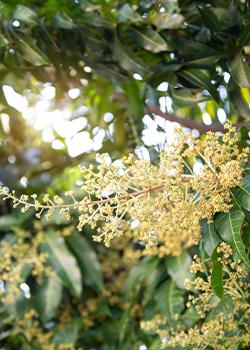
Calcium (Ca)
- Increases root hair growth and distribution, enhancing vegetative growth.
- Supports successful pollination and fertilization, boosts pollen grain viability, and improves yield.
- Leads to a higher fruit set, reduced fruit drop, and improved fruit quality.
- Enhances resistance to fungal diseases, particularly powdery mildew.
- Increases the storage ability of fruits within the markets.
- Increases plant resistance to environmental stresses
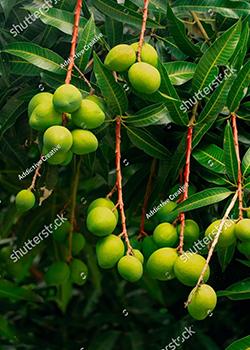
Deficiency Symptoms
Potassium (K)
- Poor vegetative growth.
- low productivity, and small, poorly colored fruits.
- Reduces resistance to unfavorable environmental conditions.
- Decreases fruit set and increased fruit drop.
- Mango trees become more susceptible to fungal and insect diseases.
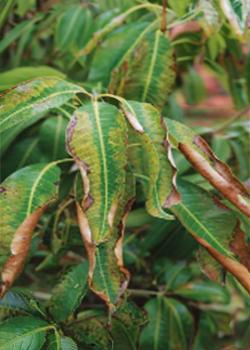
Phosphorus (P)
- Low flowering and fruit set percentages.
- Poor crop quality, and export opportunities.
- General plant weakness and limited root distribution.
- Low yield and fruit quality.
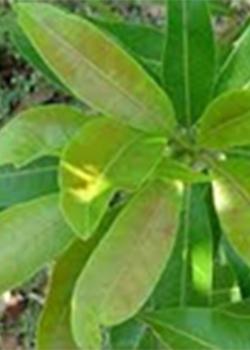
Calcium (Ca)
- Small root systems with twisted upper roots and gelatinous appearance.
- Physiological disorders such as fruit cracking.
- Brown decomposed spots appearing in the fruit flesh.
- Increases fruit drop, poor fruit set, and lower yield percentage.
